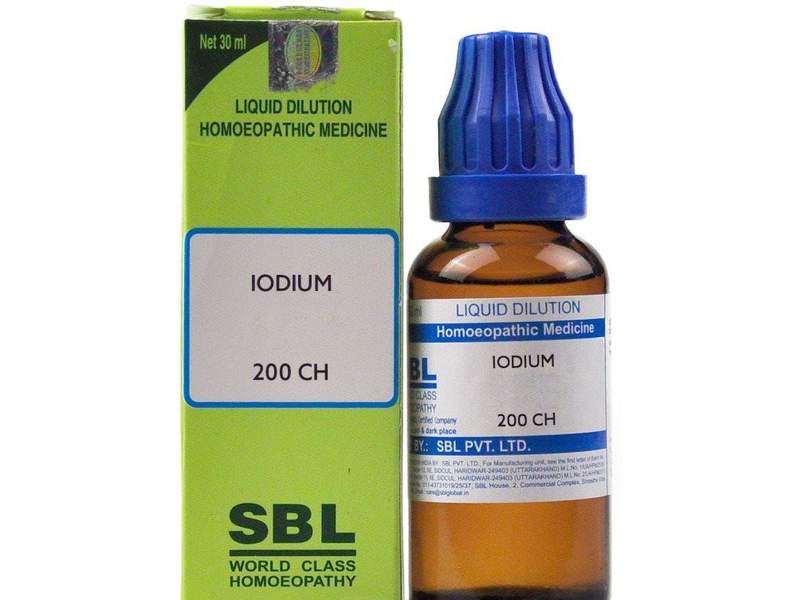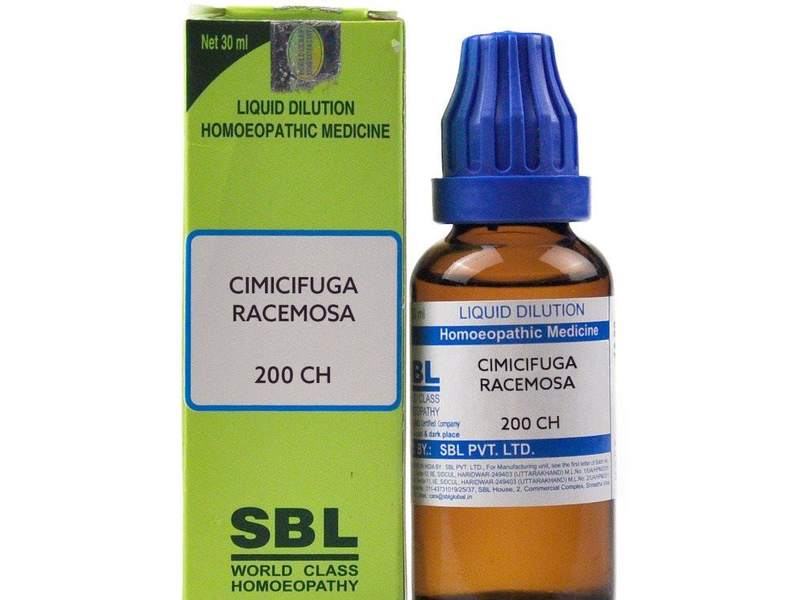Ipecacuanha 30c Uses, Benefits – Ipecacuanha 200 ch
₹1,585.00 Original price was: ₹1,585.00.₹1,029.00Current price is: ₹1,029.00.
Source: Vegetable kingdom
Synonyms: Ipecac root
Family: Rubiaceae
Prover: Dr Samuel Hahnemann in1805
Duration of Action: 7-10 days
Miasmatic Background: Psora
Temperament: Irritable
Diathesis: Haemorrhagic
Thermal Relationship: Chilly patient
Introduction and History: It is one of the most prominent remedies called to combat cases of haemorrhage, nausea and vomiting. It is a short acting remedy. It is seldom suited to long standing cases. It is almost an everyday remedy. The name of this drug, which is adapted into most European languages, is borrowed from the South American Indians. Ipecacuanha means a creeping plant that causes vomiting. This plant was described in 1648. However, the use of the plant was not known until 1800. The name signifies vomit root in the vernacular.
Habit and Habitat: This plant originally belongs to Brazil, but now it is cultivated in India, Malaysia and South America. It is a small shrub growing in moist shady woods with small white flowers. The roots are cylindrical, they are reddish-brown to dark brown and smooth.
Constitution and Physiognomy: It is specially suited to fair people, fat children and adults, stout people of lax fibre. These people are feeble and catch cold in a relaxing atmosphere. ill-humoured people. Emphysematous people who have a history of blood loss and epistaxis.
Ailments From: Anger, injuries, suppressed eruptions, quinine, indigestible foods, morphine, raisins, reserved displeasure, cakes.
Seat of Action (Pharmacodynamics): Mucous membrane of gastrointestinal tract, respiratory organs, blood, umbilical region, nerves, medulla oblongata, vascular system, pneumogastric nerve, etc.
Active Principles (Chemical Constituents): The three principle alkaloids are emetine, cephaeline and psychotrine. It also contains starch, ipecacuanhaunic acid, ipecacuanhaunine, calcium oxalate, glucosides, ipecoside, acid saponins and choline.
Physiological Action
- Applied to the skin, Ipecacuanha produces ulceration. Inhalation of the dry powder may cause coryza or asthmatic attacks. Taken internally it increases the saliva, and excites nausea and vomiting. There is also profuse secretion of bronchial mucous.
- Small doses stimulate the liver; large doses act as a cholagogue, cathartic; toxic doses reduce the temperature, cause cardiac paralysis and death.
Physio-pathological Changes (Pathology)
- IRRITATION IS THE KEYNOTE OF ITS ACTION.
- It acts on the mucous membrane of the stomach and intestines, producing catarrhal inflammation.
- Acts on the vagus nerve producing nausea and vomiting. It acts primarily on the nerve fibres and cells of the brain and ganglia. By acting on the medulla oblongata the arterial vascular system is influenced. It irritates the vomiting centre of medulla and induces vomiting.
- In the alimentary canal, it increases the flow of saliva, dilates the gastric vessels and stimulates the secretions of gastric juice. Irritation of gastric mucous membrane is another factor in producing vomiting.
- It specially acts upon the ramifications of the pneumogastric nerve producing spasmodic irritation mostly in the chest and stomach, the former giving rise to asthma, latter to nausea and vomiting.
- In the intestines, there is inflammation and hyperaemia. It increases the amount of bile secretion, depresses the heart powerfully and the blood pressure falls. It helps to reduce temperature.
- It irritates the skin. Due to irritation, there is redness, vesication and pustulation.
- It also acts on the mucous membrane of intestines and rectum producing diarrhoea.
- Acts on the mucous membrane of the respiratory tract causing pulmonary congestion and even hepatization.
Characteristic Mental Symptoms (Psychology)
- Patient is peevish, irritable, impatient, and morose.
- Cries constantly, ill-humour, dislikes everything.
- Patient is restless, irascible, very oversensitive; and cannot bear even the least noise.
- Full of desire for many things, but knows not for what.
- Patient is short tempered and very irritable.
- Children scream, howl, cry, violently without any reason. ,
- Whining; must be carried; averse to everything.
- Bones of skull feel crushed or bruised.
Characteristic Physical Guiding Symptoms
Nausea and vomiting: Continuous nausea and vomiting along with most of the complaints. Nausea with profuse salivation, vomiting of white, green,
jelly-like grass-green mucous in large quantities, without relief.
Cough: Cough dry, spasmodic, with rattling of mucous in bronchi. Asthmatic cough, difficult breathing from least exercise.
Haemorrhage: It is a great haemorrhagic remedy. Haemorrhage active or passive. Bleeding from all orifices of the body. Profuse and steady flow of bright red blood, associated with nausea.
Thirstlessness: Thirstlessness is a keynote concomitant symptom of Ipecacuanha.
Clean tongue: Clean tongue is a keynote symptom of Ipecacuanha. The tongue is usually clean but here again the tongue may be slightly coated.
Stool: Stool is of white mucous, grassy-green, fermented, slimy, foamy and bloody.
Whooping cough: It is the best medicine for whooping cough. Child loses breath, turns pale or blue in the face. Strangling with gagging and vomiting of mucous, bleeding from mouth or nose.
Suppression: Suppression of eruptions such as those of measles or any kind of rash. It restores the eruptions and makes the disease run a mild course.
Oppressed breathing: There is shortness of breath, suffocation associated with haemorrhage, gasping for breath. Paroxysms of suffocative cough.
Periodicity: Periodicity is marked in this medicine. There is periodic aggravation, intermittent dyspepsia every day or every other day at the same time. Periodical return of fever.
Pains: Some pains run from left to right, sometimes proceed from above downwards. Pains as if bones were all torn to pieces.
Flatulence and collic: Flatulent cutting colic about the region of navel; cutting pains across abdomen from left to right.
Desires and aversions: Great desire for sugar, sweets and dainties. Aversion to all types of food.
Fever: It is a very good medicine for intermittent fever in the beginning with constant nausea.
Stomach: Patient feels that the stomach is relaxed, as if hanging down, clutching, griping, as from a hand, worse from motion.
Cholera Asiatica: It is the best remedy for cholera Asiatica with persistent nausea and vomiting.
Sweat: There is cold sweat on the forehead; pale face with blue margins about the eyes, cold extremities, cold perspiration.
Asthma: Violent attack with constriction in the chest, wheezing cough, suffocation, dyspnoea.
Hoarseness: Aphonia and hoarseness after an attack of cold.
Dysentery: Dysentery with nausea and vomiting with green mucous and blood; in autumn, cold nights, after hot days.
Important Characteristic Features
Intermittent fever (malaria): Very useful in almost all cases of malaria. In the milder epidemic where the tertian form predominates that Ipecacuanha may prove useful. The chill is most marked and the fever is accompanied with gastric symptoms. There is loss of appetite, loathing of food, nausea, vomiting and diarrhoea. It is very good in the beginning of intermittent fever, suited especially to sensitive young patients. Patient is thirstless or there is slight thirst during the chill which predominates. The heat is great and the sweat is usually missing or there may be a suffocative cough and spasmodic dyspnoea. During apyrexia there are many gastric symptoms, dry skin, headache, nausea and vomiting. Prostration, lassitude and weariness are most pronounced during chill. It is one of the best drugs to give when the case is mixed up and there is no clearly defined picture of the case and everything is confused. Before chill there is yawning, stretching and waterbrash in the mouth.
Haemorrhage: It is one of our best remedies in haemorrhage. Blood is bright red from any part of the body and is accompanied by nausea. Haematemesis, the surface of the body may be cold and covered with cold sweat. It is a great haemorrhagic remedy. Haemorrhage is active or passive from all orifices of the body – from kidneys, nose, bowels, stomach, uterus, etc. Bleeding is always associated with concomitants like oppressed breathing, nausea, clean tongue and thirstlessness. Profuse and steady flow of bright red blood.
Pneumonia: It is a very good medicine in pneumonia. It is generally indicated in early stages of pneumonia. In infantile pneumonia, chest is loaded with mucous, rapid wheezing respiration, pale face, blueness of skin although the chest seems full of phlegm and there is so much of fine rattling, the phlegm does not seem to yield to cough. Cough causes nausea and vomiting with suffocation.
Nausea and vomiting: Ipecacuanha is to be thought of in all diseases associated with continuous nausea, nausea which is persistent. Such cases are mostly acute complaints. Ipecacuanha has vomiting preceded by much nausea, a clean tongue and it is especially apt to occur after a meal. Persistent nausea and vomiting is its chief indication. Nausea is not relieved by vomiting. Nausea with profuse salivation. Nausea proceeds from stomach. Excessive indescribable, sick feeling in the stomach. Vomiting of white mucous in large quantities, without any relief to the attending nausea.
General Modalities
Aggravation: Slightest motion, in winter and dry weather, in cold nights, after hot days, by stooping, suppression of eruptions, overeating, etc.
Amelioration: Open air.
Remedy Relationships
Complementary: Cupr, Arn.
Follows well: Ars, Cact, Bell, Nux-v, Bry, Puls, Chin.
Antidote to: Ars, Apis, Dulc, Sulph, Arn, Ant-t, Alum.
Antidoted by: Nux-v, Arn, Tab, Ars.
Compare: Ant-t, Lyc, Phos.
Potency: 3x, 6x, 12x, 30, 200, 1000.
Dosage: Mother tincture to 30 potency. When characteristic symptoms of nausea and vomiting are present. Higher potencies give good results. Also medium potencies will act better.
Repetition: Bears repetition very well.
Therapeutic Value: Anaemia, Asthma, Bone affections, Chorea, Colic, Constipation, Convulsions, Deafness, Dysentery, Eye affections, Gall stone colic, Gastric ulcer; Haematemesis, Haemorrhage, Lung affections, Malaria, Menstrual disorders, Nausea, Pneumonia, Pregnancy disorders, Stomach disorders, Vomiting, Whooping cough, etc.
Related products
Homeopathic Medicine
Homeopathic Medicine
Homeopathic Medicine
Antimonium Crudum ( Antim Crud ) – Antimonium Crudum Materia Medica
Homeopathic Medicine
Homeopathic Medicine
Alumina (Argilla) Homeopathic Remedy – Benefits Of Alumina Homeopathy
Homeopathic Medicine
Homeopathic Medicine
Argentum Nitricum Materia Medica – Argentum Nitricum 30 Uses
Homeopathic Medicine











